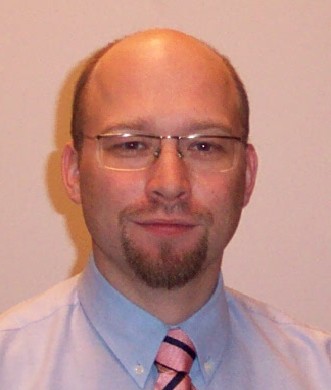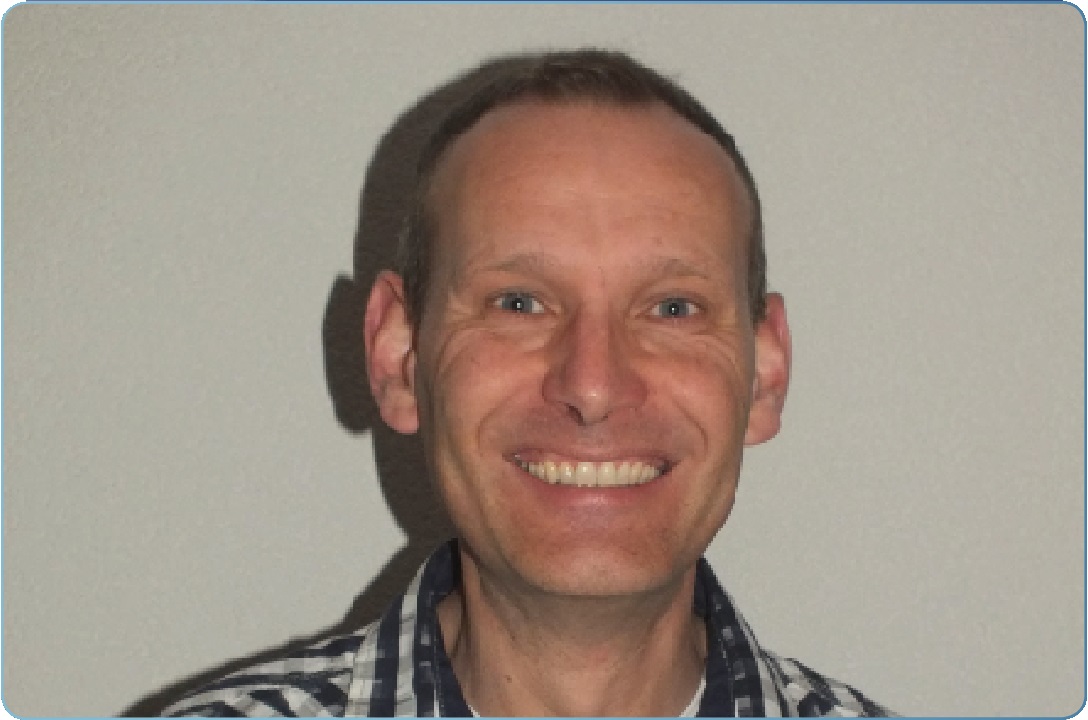DC (Dialogue Capital):
Can you tell me briefly what areas/sectors in infrastructure are on top of your agenda right now?
Reynold Martin, Managing Principal, Allstate Investments:
We are open to most sectors in the infrastructure space. Our focus is on relative value. We do have some internal challenges related to lower returning strategies, but assuming we can find the right transactions that meet our needs, we remain open to the broader infrastructure space.
Additionally, we do consider our own portfolio construction when looking at deals. As an example, assuming we have a comfortable level of exposure to a sector, in addition to relative value, we would consider what is attractive about this transaction to add onto our portfolio exposure.
Finally, as an US$ investor, we think about net returns in US$. In many cases this can be done by evaluating the transaction return as well as any needed hedging activity to determine true relative value. This is easier with directs than with funds, but we regularly ask potential fund partners to analyse what their returns would have been to help with our analysis.
DC: How do you rate the investment climate in the regions you are active in?
Reynold Martin:
Our mandate focuses on OECD nations. Within the most active of these regions, healthy competition seems to be present. Where there is limited deal flow, there may be the ability to find one off transactions, however, we still need to consider things like currency impact and liquidity within the market.
There appears to be a significant amount of capital seeking to invest within the market. This can impact a few things, including our relative positioning within the market, competition for deal flow and/or strategy drift. These are all considerations that we take when analysing direct investments and fund investments.
DC: What’s your outlook for infrastructure for the next 3-6 months?
Reynold Martin:
3-6 months is an awfully short time to develop an outlook for infrastructure. If I had to give some synopsis, it would be that the appetite for investing in the sector continues to grow and there is concern that deal activity will keep pace. Additionally, regulatory risk seems to be increasing, which adds additional uncertainty to the market.

The 4th international Infrastructure Dialogue 2018 will bring together international decision makers in infrastructure. Senior industry experts, including investors, lenders, developers and policy makers will be discussing the latest global trends in infrastructure. Participants will discuss developments in debt capital markets and other ways to finance infrastructure projects.

Der 4. Internationale Infrastructure Dialogue 2018 bringt am 19. und 20. Juni die leitenden Entscheidungsträger der Infrastrukturbranche zusammen.
Can you please tell us what regions you focus on and what sectors are on top of your list right now?
Meridiam is active in OECD countries, primarily in Europe and North America. We have also been covering Africa since the launch of our Africa-focused fund. And we are very happy to partner with a growing number of African governments to address the infrastructure investment gap in the region. Whether it is a solar farm in Senegal or a university campus in Ivory Coast, we are currently contributing to a number of key regional initiatives and projects which fit our investment philosophy. We also feel that several MENA countries, in spite of the Syrian crisis, are on the verge of seeing a great number of quality infrastructure projects emerge. Through our European fund, we are particularly active in Turkey, which remains one of the most active markets globally.

1) How can the public sector attract more PPP?
The public sector should make projects available for investors that play to the private side's strengths. This requires that the public side builds the ability to identify, price and allocate the key project risks to the right party at the right price. The impetus for transferring risk is easy to understand, but the cost for doing so is perhaps less well understood. Better projects in terms of value for money will probably mean more risk retention on the public side. In addition, projects need to make sense from a socioeconomic point of view to ensure the basic case for the investment. Finally, a serious commitment to the PPP model is necessary.

In terms of regions we are now active in: Europe including UK and Australia
The following sectors are of interest to us: Transport (road, rail, airports), regulated utilities, PPP and renewables. In addition we look to GP/LP funds that are in exit modus.
Page 2 of 2
Smarter Conversations. Stronger Connections. More Deals.
Get exclusive access to our GID network.
Join Today: GID 2025: 17th - 18th of June, Frankfurt
Email us:
Call us: Tel: +44 (0)287 1224 103